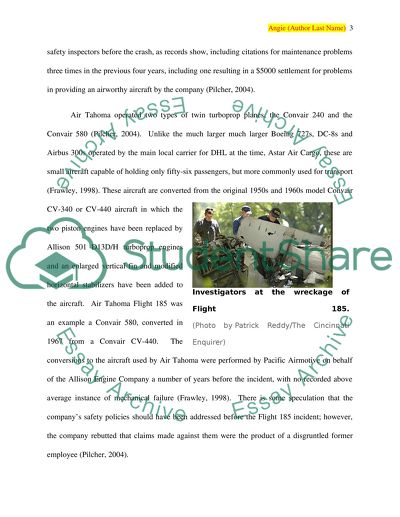Cite this document
(Flying Dry - Air Tahoma Fuel Starvation Case Study, n.d.)
Flying Dry - Air Tahoma Fuel Starvation Case Study. Retrieved from https://studentshare.org/technology/1568978-flying-dry-air-tahoma-fuel-starvation
Flying Dry - Air Tahoma Fuel Starvation Case Study. Retrieved from https://studentshare.org/technology/1568978-flying-dry-air-tahoma-fuel-starvation
(Flying Dry - Air Tahoma Fuel Starvation Case Study)
Flying Dry - Air Tahoma Fuel Starvation Case Study. https://studentshare.org/technology/1568978-flying-dry-air-tahoma-fuel-starvation.
Flying Dry - Air Tahoma Fuel Starvation Case Study. https://studentshare.org/technology/1568978-flying-dry-air-tahoma-fuel-starvation.
“Flying Dry - Air Tahoma Fuel Starvation Case Study”, n.d. https://studentshare.org/technology/1568978-flying-dry-air-tahoma-fuel-starvation.


